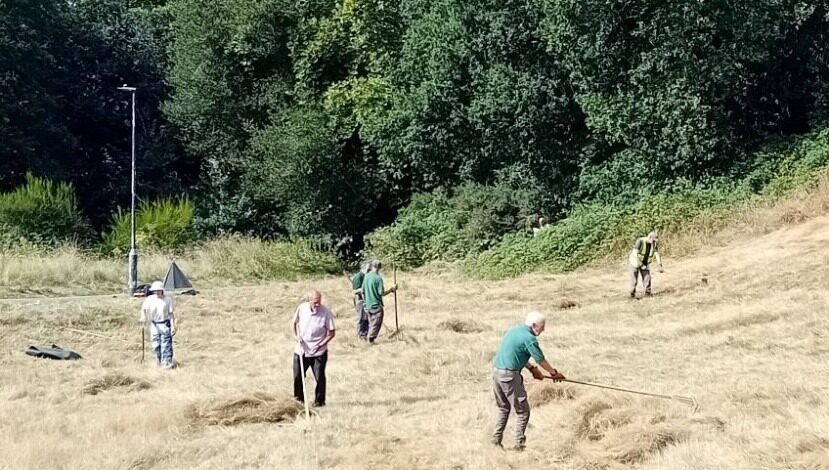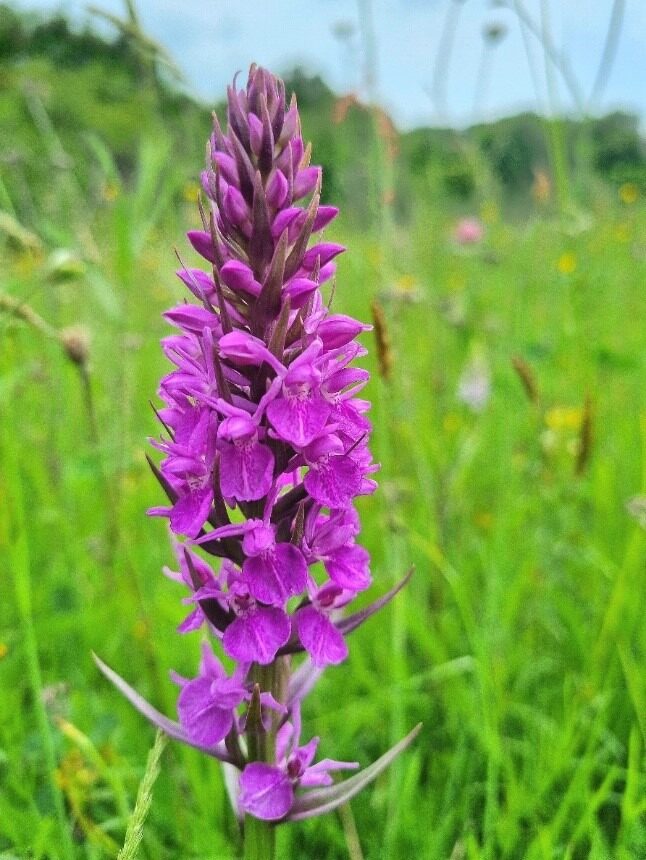Swift Response by idverde Teams Clears Trowbridge Road After Bin Lorry Fire
In a commendable effort, idverde teams played a crucial role in the cleanup operation
Grounds Maintenance, Landscape Creation, Arboriculture, Sports Surfacing, Parks management, IOS Managing Safely Training, Ecology & Biodiversity, Grass cutting, Horticulture, Street Cleaning, Soft Landscaping, Hard Landscaping
idverde provides a wide range of green services, including grounds maintenance, landscape creation, and advice services, to both private and public sectors across the UK.
Through the course of late summer and early autumn, the idverde Bromley Countryside team undertakes an extensive program of work managing high-value meadows throughout the borough. These habitats, home to a wide variety of invertebrate and floral species, are particularly notable in Bromley for their rare chalk meadows, which boast a stunning diversity of plant life.
Preserving Biodiversity
Sites such as High Elms and Strawberry Bank are renowned for their fantastic displays of orchids in early summer. Only through suitable management techniques can these displays be preserved and enhanced. By cutting our meadows only once in late summer, we allow these species the opportunity to flower and disperse their seeds. Additionally, removing the cuttings reduces the nutrients being absorbed back into the soil, promoting greater floral diversity. Without our annual hay cut and clearance, many of these meadows would slowly become overtaken by vigorous scrub species such as bramble and rank grass.

Traditional and Modern Techniques
Historically, many of these meadows would have been grazed by sheep or cattle. We continue this tradition with a small grazing herd on our meadows in Hangrove. However, this is not feasible on many of our more popular sites, so the majority of our meadow cuts are undertaken by contractors, volunteers, and idverde staff.

Achievements and Impact
In addition to 80 hectares of meadow cut through contractors, volunteer groups and idverde Countryside staff have cleared approximately 5 hectares of grassland. The most obvious benefit of all this hard work is the preservation of wonderful wildflower meadows. These sites are home to fifteen different orchid species, including Bee, Fly, Man, Helleborines, Southern Marsh, Pyramidal, and the rarer Butterfly and Lizard orchids. Through our management practices, we are now finding orchids in areas previously managed through regular cutting practices, such as Tugmutton and Scadbury Moated Manor.
These meadows also provide habitat for small mammals and invertebrates, including a wide range of notable butterfly species and a population of glow worms found at High Elms. These meadows are a highlight for anyone visiting our parks and nature reserves and receive positive feedback from our clients at the London Borough of Bromley, the Bromley Friends Forum, and local biodiversity groups.
We are proud of the work done by our Countryside Team and volunteers, and we look forward to continuing our efforts to preserve and enhance these valuable habitats.